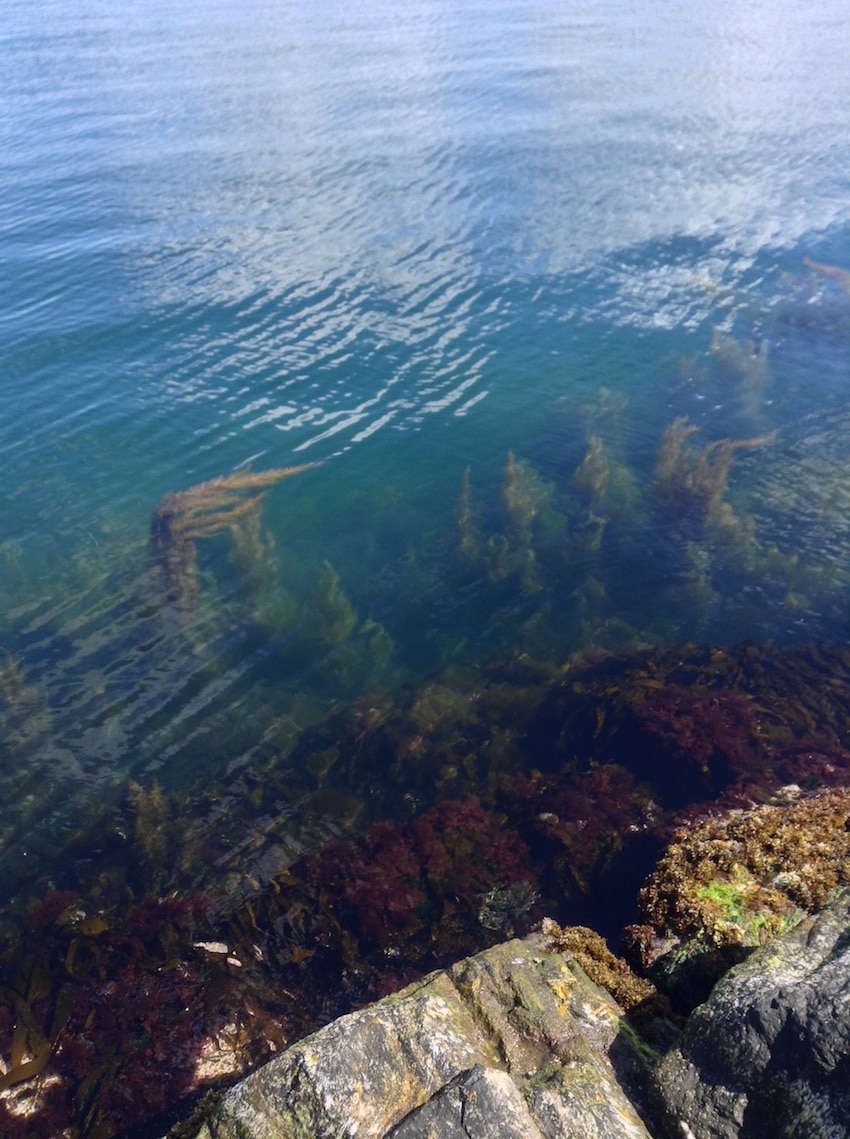The North Sea
Do you see what I see?
Dicks and balls, he said.
You are being very reserved.
I see.
I don’t see what you see.
I see deflated sculptures situated between
desire, for inviting touch,
and disgust, for being replicas of some inner organs
on the verge of decay.
It reminds me of Louise Bourgeois.
She has what others may call a phallus in her arm.
For her, it is Fillette, or a little Louise. 1
- I would like to thank Beth Grossman for the conversation under the tree outside the public library and for reminding me of the relevance of Louise Bourgeois in interpreting this particular piece of work. For the context of Fillette, see Louise Bourgeois, Destruction of the Father, Reconstruction of the Father: Writings and Interviews 1923 – 1997, ed. Marie-Laure Bernadac and Hans-Ulrich Obrist. Cambridge, MA: MIT Press. 1998:202.
Different interpretations.
We are both relaxed.
He calls this the phenomenology of seeing art.
It’s about associations, he said.
It’s about how art is received and rejected, too,
I thought.
Suddenly Tove Kommedal emerges out of the corner of the building.
Looking for coffee, she says.
She picks me up before she does the coffee.
Her presence is commanding but not controlling.
She turns a lid, pulls a plate, rolls her shoulders,
like a magician waving a wand.
Her gestures draw lines and open up space.
She makes present not of herself,
but all that which is around her.
In her studio,
a mangle of ropes hangs from the ceiling.
A wearable.
Loaded, but light,
voiceless.
Tove was in the island of Lofoten,
the only place on Earth where cods breed, she says.
“There must be a lot of energy there. I went to see if there’s magic,” she says.
She came back with the colors:
faded, salted, demoralized.
They are possible because of human’s endless extraction of organic materials from nature,
turning them into objects of sorts, dependent on oil.
BARDO will develop into SUFFIKS. 2
- See BARDO (2015) by Tove Kommedal: https://www.tovekommedal.com
It will follow the journey of her protagonist.
A journey of no return.
Tove has nothing to preach,
but a lot to share.
She had also worked with dead crows.
“At one point,
there must be 70 or so in the car.
I thought,
I have death in the car.”
This is life, this is material.
This is material, this is life.
This is life, this is material.
She found herself chanting.
An artist who accepts going in and out of extreme emotions
as her art making.
Death might be the ultimate victor as Nature compels,
but Tove shows up as an artist directly in Death’s face,
so the crows don’t leave this world as garbage.
At the Norwegian Petroleum Museum,
I understand more of the context of Tove’s work.
The tallest concrete building in the world, the oil platform…
How cold could the ocean be, down at the bottom?
From there, humans get in touch with hydrocarbons –
porous, between rocks, for oil and gas to be formed over millions of years.
In a matter of days by the human calendar, we extract.
The discovery of oil off the Norwegian west coast in 1969
made Stavanger wealthy,
but not without costs.
The sea that reflects glistening light.
The sea that roars and takes away lives.
The question is put rather than concealed:
Does wealth make happiness?
Between the largest structure we build
and the tiniest gaps nature nurtures
in cap rocks, reservoir rocks, and source rocks,
questions keep being asked.
Where am I in this?
My carbon emission is 9.4 tonnes,
nearing the average Norwegian,
says one exhibit in the museum.
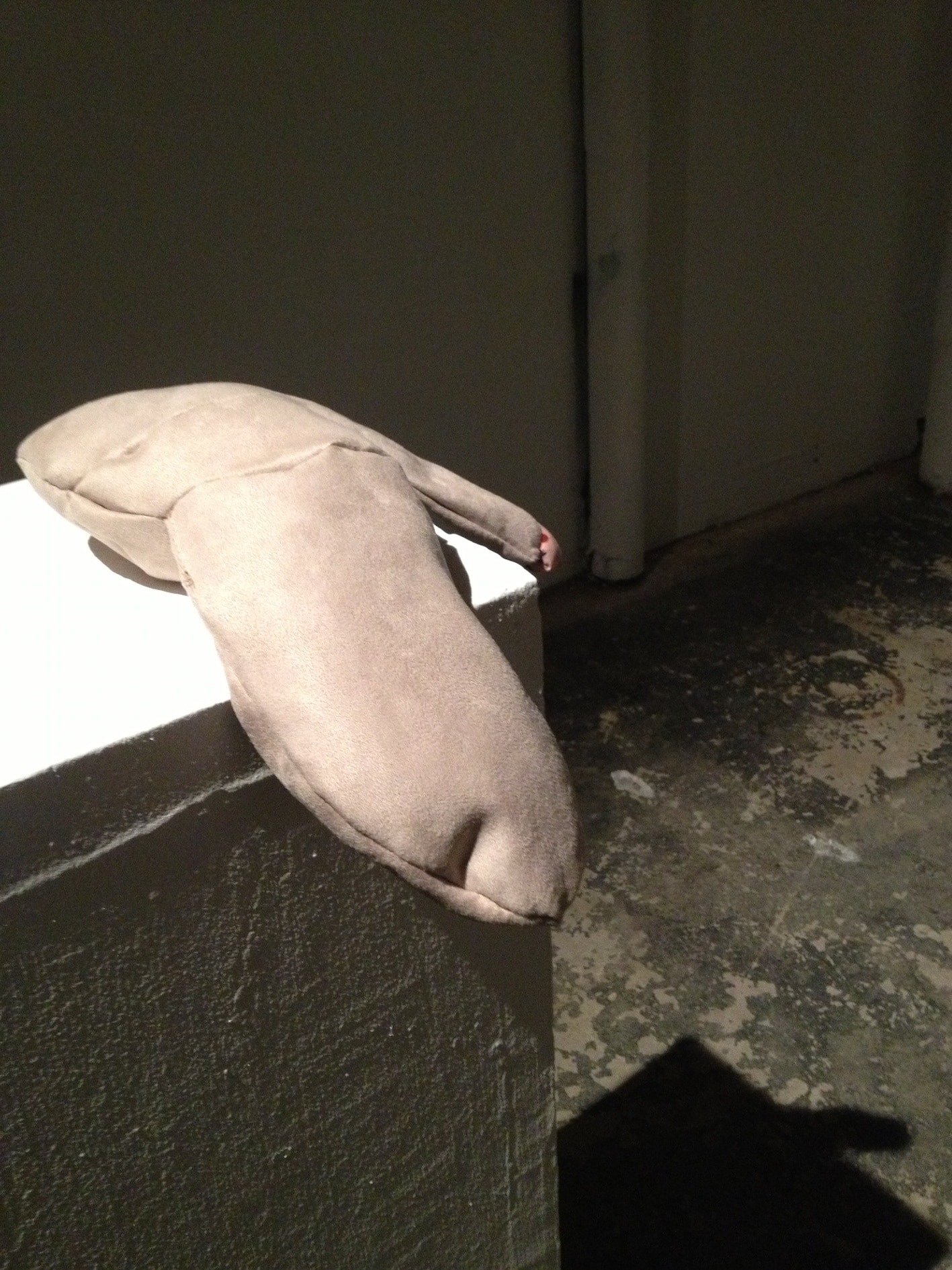
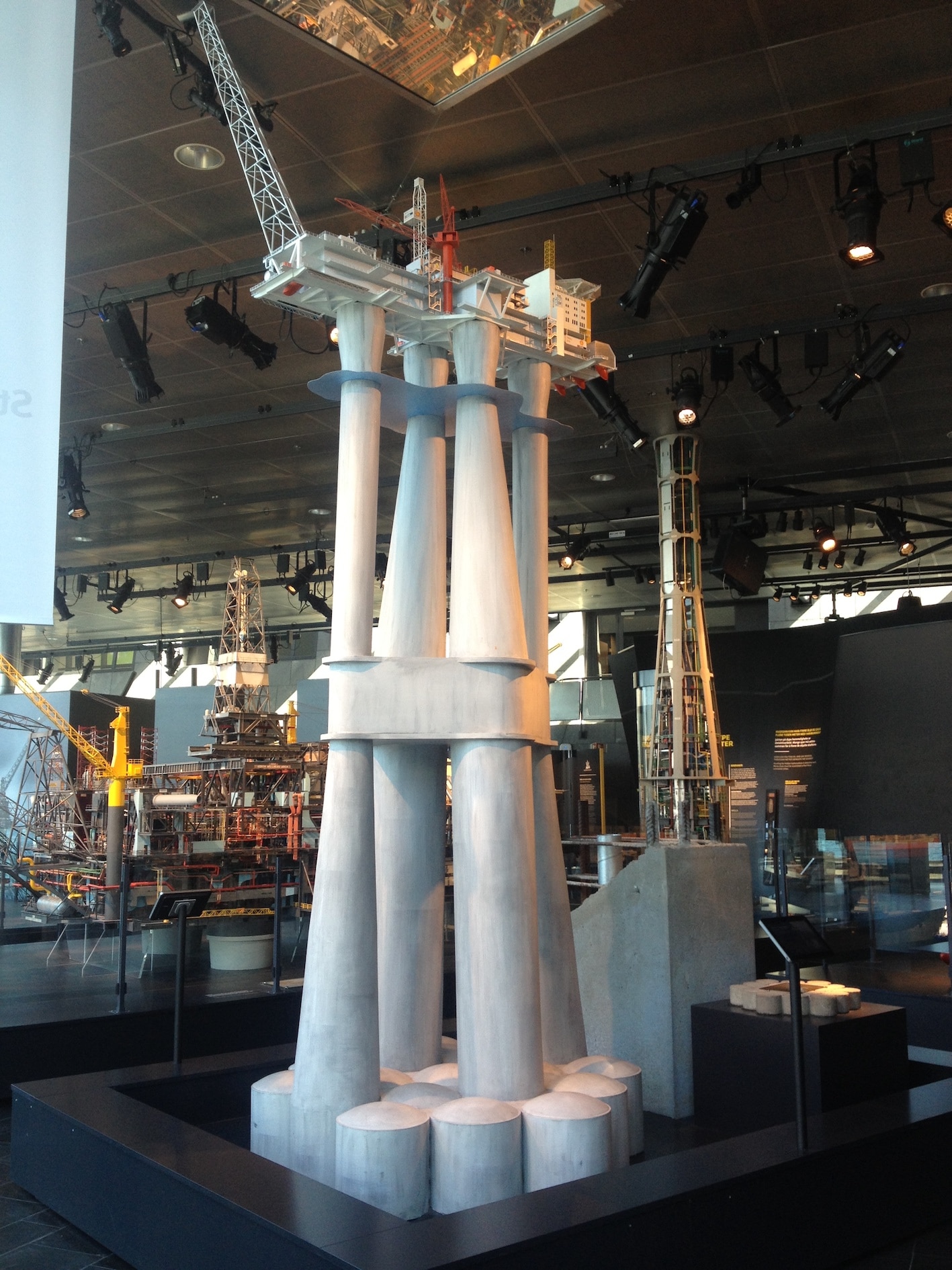
the roundabout
Roundabouts – quietly centred,
calm, well-mannered.
How they spread open all sides.
How they share all sides.
Round and round a driver goes.
Never mind their change of mind.
Roundabouts don’t worry about destinations.
Pedestrians walk on gravel.
Every step is grounded, solid and singular.
Every step sinks.
Cars stop when pedestrians are on the road, by law.
They are protected for their autonomy.
Our body, our vehicle.
As a city, Stavanger is home of 130,000 people.
As a port, Stavanger is shelter for ships of all sorts and from all nations.
She has been through the big wars.
Ships had been sunk.
I flipped through the registry from the 1910s and found information
on Hong Kong docks.
“Deep enough for all kinds of vessels.”
Can we be? Deep enough for all kinds of vessels?
“I like it when the water is cold,”
says one of my hosts in Contemporary Art Stavanger.
She has a new job with public art in Oslo, the capital.
Is the water warmer there?
A museum director from Oslo ponders out loud,
“Strategically, the local, regional and national need to connect.”
“Being from Oslo,” she says, “sometimes I am not sensitive to the local perspective.
In the capital, you walk into the Culture Ministry and you have what you need.
Locally, you have to work so much harder.”
At least there is the will to open dialogues,
as many as possible.
The Dunbar Numbers.
A wise woman told me this is about setting up communities
of no more than 150,
so that everyone remains known faces and
can develop stable relations.
She, who works in an art and culture non-profit,
who always vote for what’s small
rather than what’s big.
Her eyes become lines when she smiles.
She paints her house, builds her own cabin.
The first time we met, she told me
about her interest in universal gravitation.
Gravity makes our feet bigger, she says.
The older we get, the bigger shoes we need.
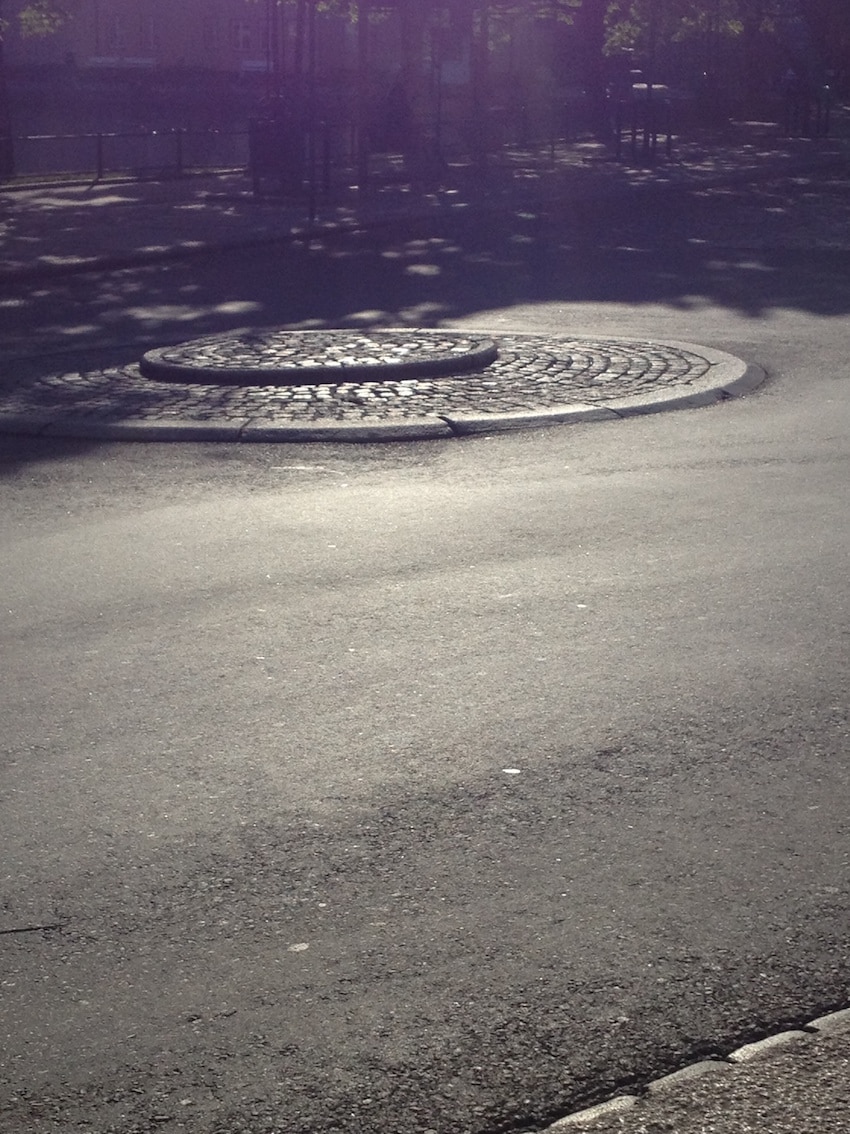
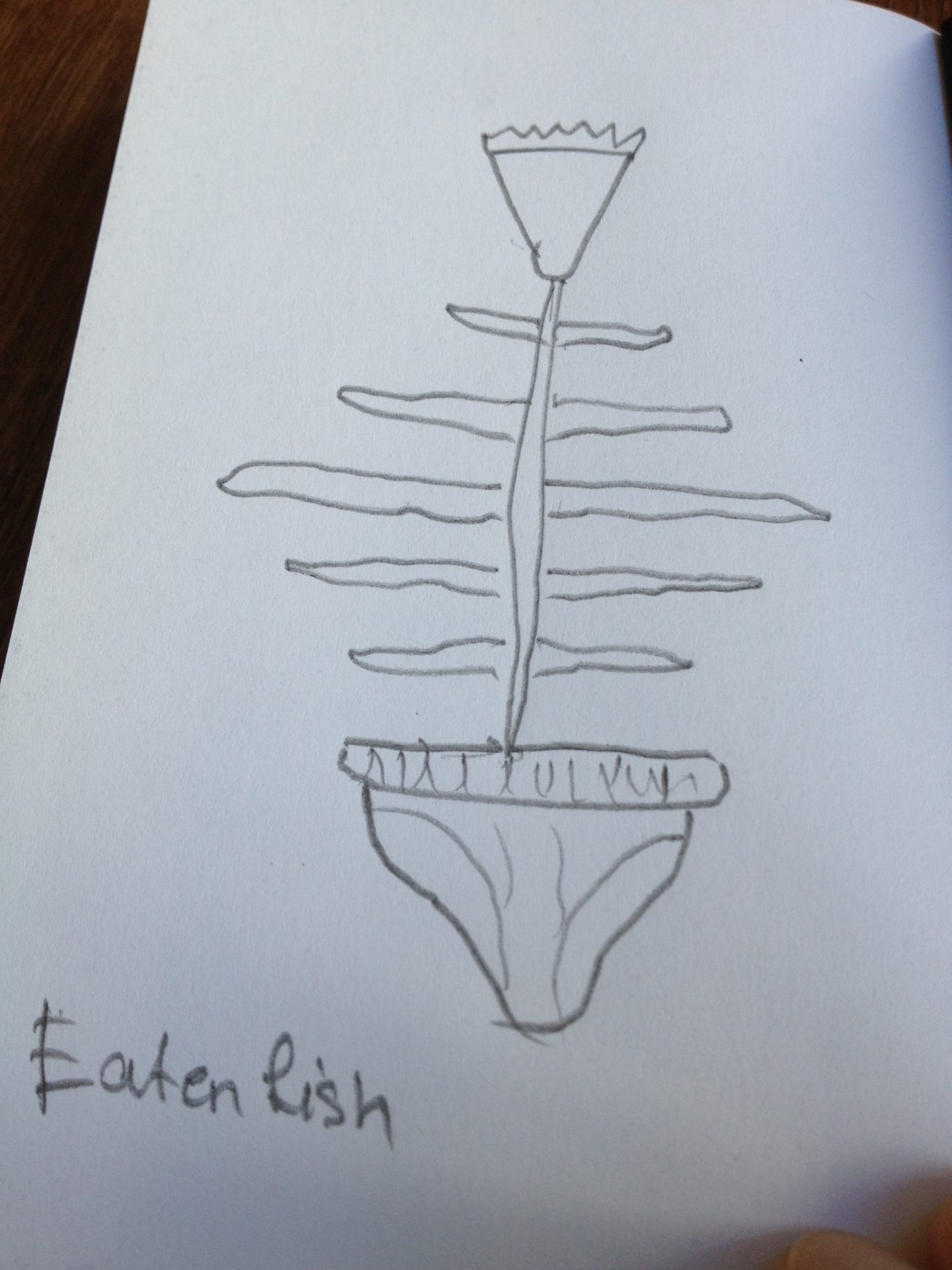
the standing nymph
The nymph is a voice – it is human and divine.
In the Kunsthall gallery,
a jingle turns like a crystal ball.
Artist Violet Dennison ‘encrypts a transcribed divination’ into audio.
Language is taken away.
Music takes its place.
The lines of wall-mounted iPhone loudspeakers
keep the divination safe,
a resolution to the weight of the past,
and the lightness of a future to come.
The nymph is the diviner.
But wait!
Is it not also the artist, or us,
invited to become guardians of the secret?
The second nymph is comic artist Eaten Fish.
Eaten Fish doesn’t like fish at all.
He eats tuna, perhaps once a week. That’s about it.
His fish is down to bones –
his artist signature for the experience of
being eaten up by the detention facilities
as a dissident artist in Australia.
Eaten Fish has a Leo’s hair,
confident with the left side of his face,
making sure his hair doesn’t get in the way of showing it.
His family is still in Iran.
He left them for Indonesia,
drifted into Australian waters,
stranded there for five years,
before being brought into Stavanger by the
International Network of Cities of Refuge for
artists, writers and journalists who are persecuted.
He is here to stay.
I knew of Eaten Fish through Benjamin Hickethier,
whose studio is 15 minutes Southeast from the city centre.
Consulatet is a shared space:
a costume rental shop,
a studio for a musician,
an artist,
a teacher,
and Benjamin himself.
Walter Benjamin is Benjamin’s muse.
He organizes his neighbors for regular meetings
to talk about making decisions on the city together.
He makes posters for artists’ exhibitions.
He has two kids of 12 and 14
whom he has philosophical conversations with.
He tells me we are standing
in the lower income area in Stavanger.
A recent survey finds 3,000 kids in poverty.
He says Norwegian policy after World War II is for all citizens
to be able to own their home.
For those who cannot,
renting is a very heavy burden.
Benjamin is a nymph who moves around
and is willing to change his inside to move others.
Standing nymphs are
Chicago-based artist Milad Mozari’s muse. 3
- See Milad Mozari’s Standing Nymph and Man (2017): https://miladmozari.com/Standing-Nymph-and-Man
He hears their resonances in theFine Art Building in Chicago,where musicians rehearse their brass and strings.I hear nymphs’ whispers resonating in the corners of Stavanger.
Nymphs stand tall, not for a beneath, but to be.
“Art is the fundamentals of humanity,”
founder of Song Circus Liv Runesdatter says.
This year saw the first time elementary schools in Norway
take away the idea in their pedagogy,
and that worries her.
We were having a chat in the public library
while her daughter had an ice-cream next to us.
Liv sings folk and classical and is from Stavanger.
For 20 years, she worked with the national musicians’ association
to fight for musicians’ rights:
fair pay, recognition, among other things.
More is still to be done: a lack of writing and opportunity.
Music journalists and reviewers used to be employed in newspapers and magazines
are now freelancing, and many have gone to other jobs.
There is very little music competence left in the papers and magazines, says Liv.
In between our chat, she knocks on the wooden table,
the lamp stand, and other objects around us.
“John Cage is more my way of understanding sound,” she says.
“Every object carries a certain sound quality and responds to its surroundings.
There is no good quality and bad quality sounds.
They only have different sorts of qualities.”
I left Stavanger on Whitsun –
the 7th Sunday after Easter.
It was over 30 years ago that
I read poems from Philip Larkin’s
The Whitsun Weddings.
How had it taken me more than 30 years
to find out what this little word mean – Whitsun?
I have no idea.
“That Whitsun, I was late getting away:
Not till about
One-twenty on the sunlit Saturday
Did my three-quarters-empty train pull out,
All windows down, all cushions hot, all sense
Of being in a hurry gone.” 4
- Philip Larkin, The Whitsun Weddings: https://www.poetryfoundation.org/poems/48411/the-whitsun-weddings
Do you see what I see?
The open air is the everyday –
I was just referring to it in the screening of
Marysia Lewandowska's Rehearsing the Museum in Taikwun, Hong Kong. 5
- More on Marysia Lewandowska's Rehearsing the Museum: http://marysialewandowska.com/2018/09/04/rehearsing-the-museum/
Benjamin, I said,
living in the open air,
in a place where the weather is
unpredictable and changes quickly,
makes one relax.
One has to accept that the weather affects you,
and also that it doesn’t have to defeat you.
Imagining going back to Stavanger is easy.
The librarian gave me the best gift:
“You have a big heart.
My friendship is now open.
Next time you can come stay with me.
I have a room.
But don’t worry, I am gay.”
By law, in Norway, one could declare by choice
one’s gender identity,
regardless of physiology.
It’s a free nation, I said.
The Norwegian said,
The law may be free,
but the person may not be.
We remain always the ones to lift ourselves up.
Yang Yeung
June 15, 2019
30 hours before the march against the extradition bill
presentation on Jun 15, 2019 @ 1983Bar, Hong Kong
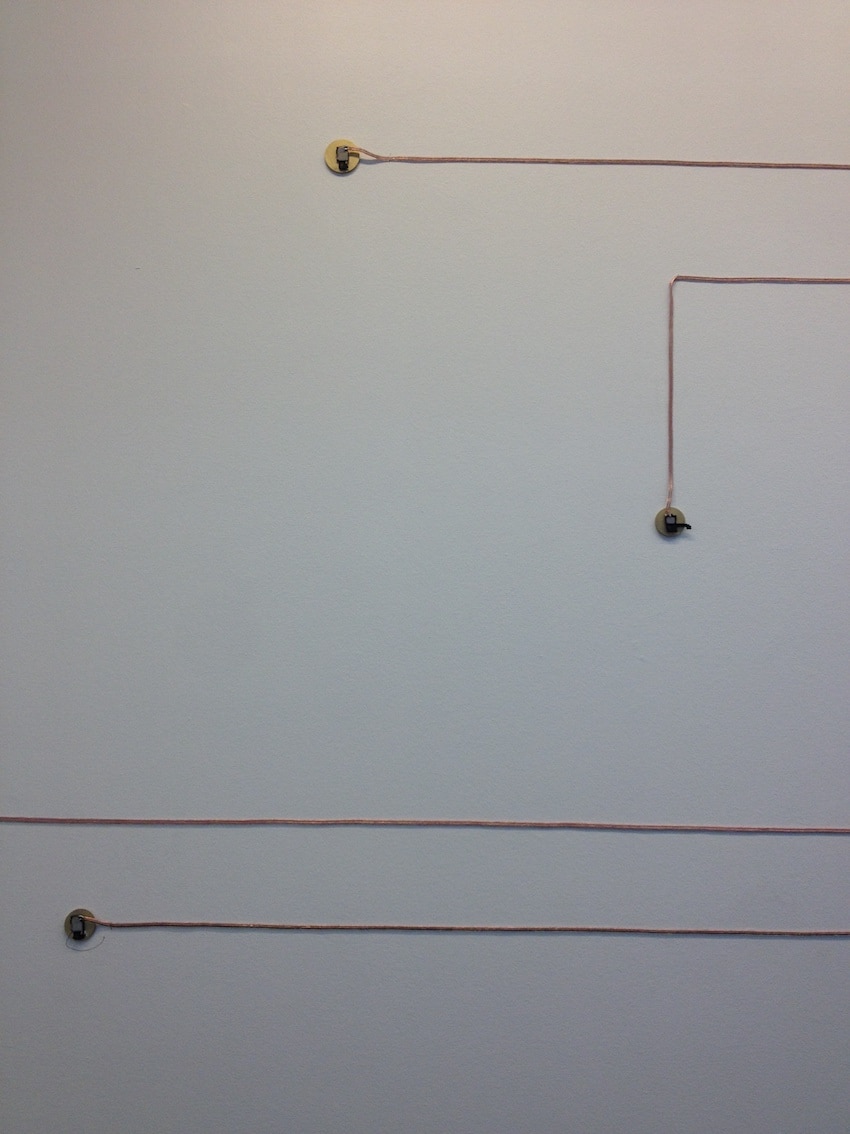
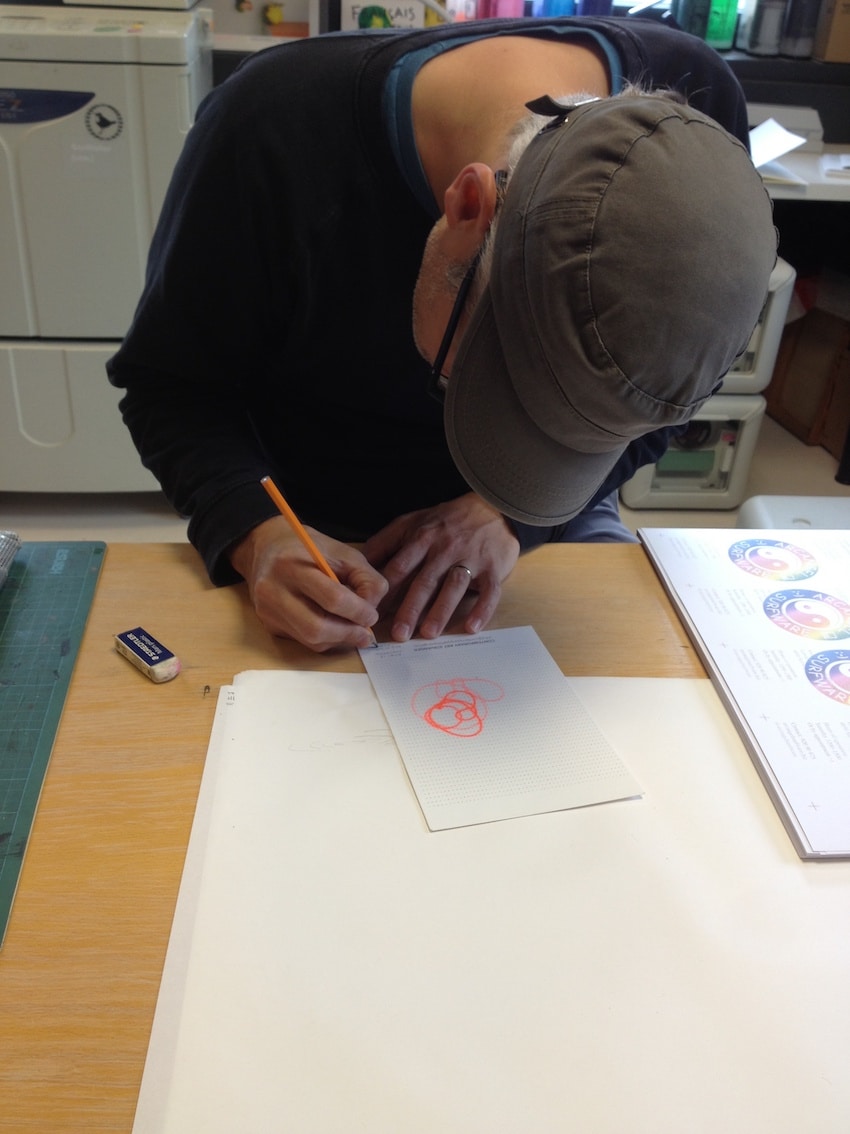
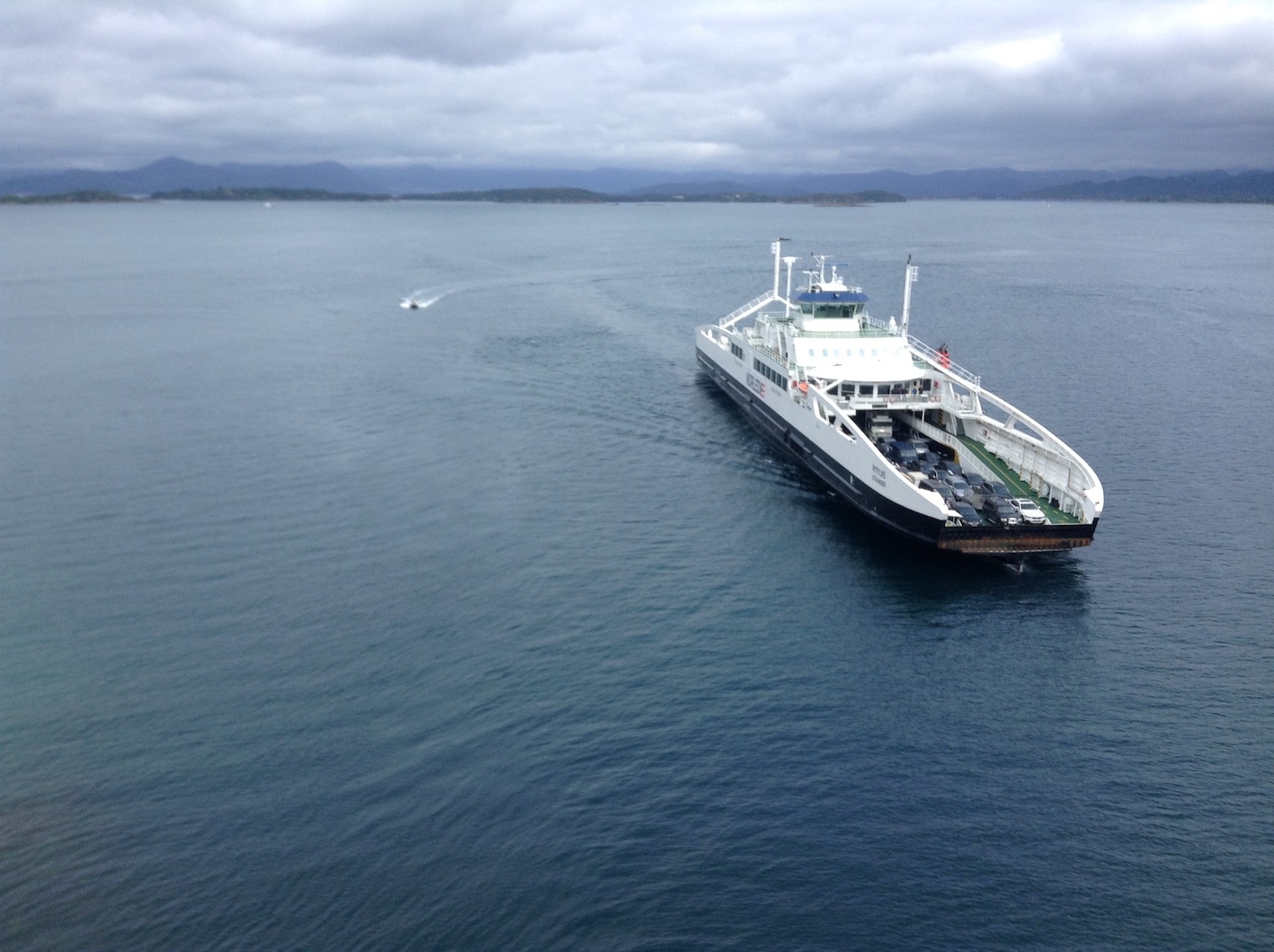
Yang Yeung is a writer of art and an independent curator. She founded the non-profit soundpocket in 2008 and is currently its Artistic Director. In 2015, she started independent project A Walk with A3 located at a back alley in Causeway Bay in Hong Kong to support the right of art to be in the streets and right of pedestrians to encounter art as a daily experience. Currently Yeung is a member of the international research network Institute for Public Art and contributes research writings on place-making public art projects regularly to the network’s conference and archive. She is member of the independent art critics collective Art Appraisal Club (HK) and the International Art Critics Association (HK). She is also Councilor on the board of Make A Difference (MaD), a regional platform based in Hong Kong that encourages social innovation and creative change-making for good. She was awarded the Asian Cultural Council Fellowship in 2013-14. She was selected to participate in the UNESCO training workshop on the 2005 Convention on the Promotion and Protection of the Diversity of Cultural Expressions in 2018. She currently teaches classics at the Chinese University of Hong Kong.


